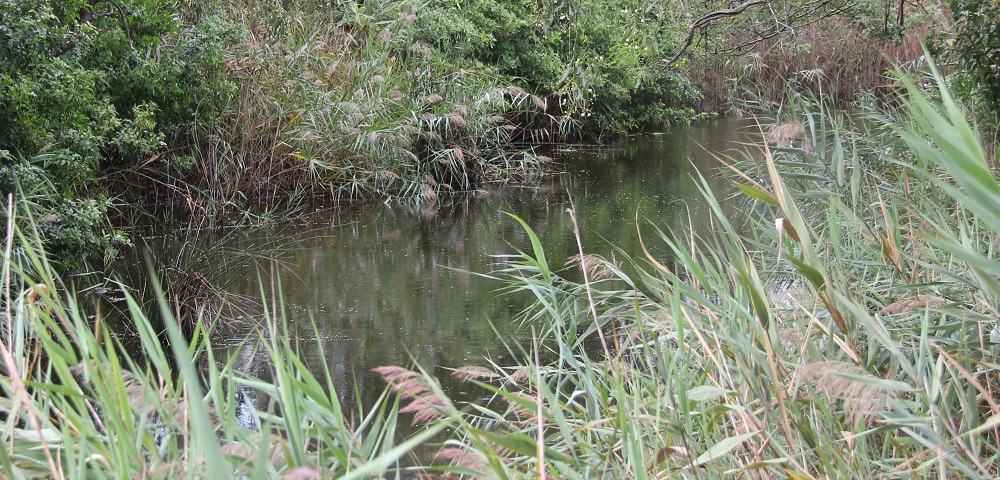
It’s a ‘blink and you’ll miss it’ creek that begins its journey in the rural hills of Marburg.
But the health of Black Snake Creek and its catchment has a flow-on effect to the drinking water of three million people in southeast Queensland.
The small Black Snake Creek sub-catchment (which is more than six times the size of Brisbane’s CBD) is one of several that feed into the Mid-Brisbane River upstream of the Mount Crosby Water Treatment Plant.
That plant processes 40 per cent of southeast Queensland’s drinking water supply, providing three million people with tap water every day.
Issues in those sub-catchments have a direct impact on water treatment, and the water quality of Brisbane River and Moreton Bay.
Black Snake Creek catchment’s salinity and pathogen levels had been identified as a key risk to the operational continuity of Mount Crosby Water Treatment Plant.
That’s a big reason why the SEQ Council of Mayors Resilient Rivers initiative – a cross-boundary approach to improve southeast Queensland waterways – funded $120,000 to plant 10,550 native trees in the Upper Black Snake Creek catchment.
Ipswich City Council delivered the works with Healthy Land and Water and West Moreton Landcare, and the works are among Resilient Rivers’ first to hit the ground.
The collaboration will establish deep-rooted vegetation on the upper mid-slopes of the surrounding hills of Marburg and Tallegalla, with much of the work on private property.
The long term aim is to lower the saline ground water table, improve the stability of the slopes and slow the movement of surface water, improving water quantity and quality.
Ipswich City Council Interim Administrator Greg Chemello said this project would ensure a healthier catchment for future generations.
“The Resilient Rivers Initiative recognises that a coordinated approach to catchment management is vital for all of us,” he said.
native trees planted


Black Snake Creek is no overnight success story. Years of hard work – data gathering, studies, collaboration and on-ground improvements – have started to make progress in this ongoing environmental effort.
One of the figures in this important work is West Moreton Landcare president Bob Hampson, who takes a lot of pride in his role.
He said the Resilient Rivers work was a significant step forward in implementing recommendations of the Upper Black Snake Creek Improvement Plan.
“Its benefits will be widespread,” Mr Hampson said. “The individual landholders, the local community and the wider community of southeast Queensland will all benefit in some way through these plantings.”

